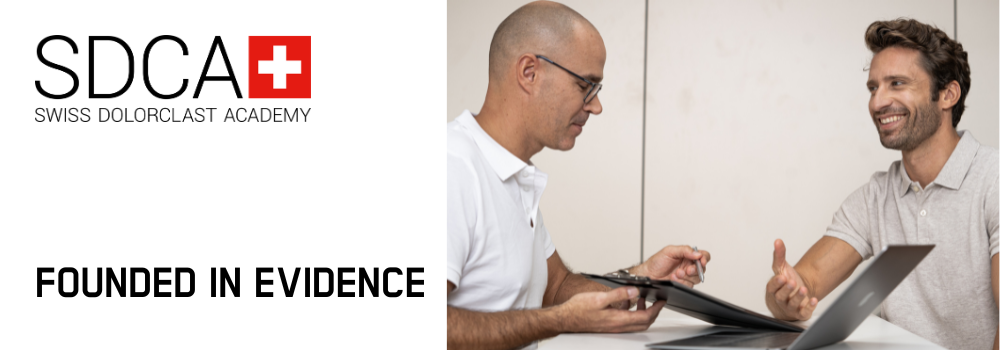Xuejiao Guo1, Lin Li1,2, Zhe Yan1, Yunze Li1, Zhiyou Peng1, Yixin Yang1, Yanfeng Zhang1, Christoph Schmitz3, Zhiying Feng1
1Department of Pain Medicine, The First Affiliated Hospital, Zhejiang University School of Medicine, Hangzhou, China; 2Department of Anesthesiology, Yuyao People Hospital of Zhejiang, Ningbo, China; 3Extracorporeal Shock Wave Research Unit, Chair of Neuroanatomy, Institute of Anatomy, Faculty of Medicine, LMU Munich, Munich, Germany
Il trattamento della lombalgia aspecifica cronica costituisce una vera e propria sfida. Terapia manuale? Farmaci? E le onde d’urto radiali extracorporee, invece? In un recente studio, Guo e al. hanno provato a determinare se la rESWT (terapia con onde d’urto radiali extracorporee) poteva essere più efficace nel trattamento della lombalgia cronica, di un approccio basato esclusivamente sui farmaci, con somministrazione di un FANS e di un miorilassante. Sono state anche cercate evidenze a sostegno dell’ipotesi, avvalorata da alcuni dati riportati da medici europei e latino-americani, secondo cui la combinazione di rESWT, FANS e miorilassanti può rappresentare un’opzione terapeutica più valida. Quali le conclusioni e con quale possibile impatto sulla vostra pratica clinica quotidiana? Per scoprirlo, continuate a leggere.

